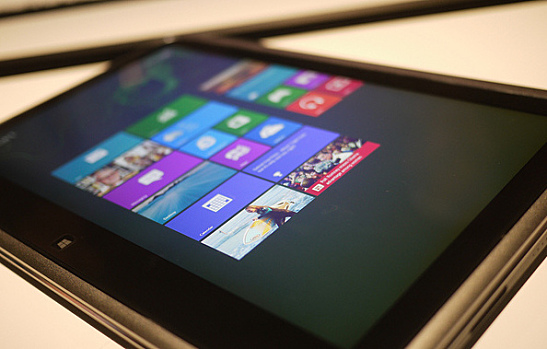Microsoft just announced the availability of the latest version of its Windows operating system, named simply Windows 8.1. A new major release of a popular operating system is always an important event, and while the jump between Windows 8 and 8.1 is not nearly as severe as the jump between Windows 7 and 8, the Windows 8.1 update does include some important new features that Windows tablet users will want to get their hands on.
What’s New in the Windows 8.1 Update?
The latest version of Microsoft’s flagship product is less about overhauling the Windows 8 experience and more about fine-tuning some of its features that could be improved upon. Microsoft had a year to get user feedback regarding the new look of Windows 8, and many of the upgrades show that the company was listening.
Search is now universal in 8.1, as detailed in this review from The Verge, combining results gathered from both the device or computer itself and the general Web. Search results are also displayed in an intuitive manner, resulting in less time searching and more time accessing content.
Microsoft also more fully integrates the new OS with SkyDrive, its cloud-based storage system. The sync feature makes it much easier to seamlessly switch between a desktop and tablet, without having to worry about what device important files exist on. There’s even a feature that will let you sync tabs in Internet Explorer, which will also eventually be available for Windows Phone users.
The most desired changes, as reported in USA Today, center around navigation and interaction within the OS. The OS is still designed for tablets, but there are a few additions, like the return of a Start button, if not an actual Start menu, in the OS’s desktop mode. This will make the transition to Windows 8.1 a little easier for Windows 7 users. The OS also features a host of personalization options, like the ability to set the desktop wallpaper and the Start Screen backdrop as the same image and the ability to adjust the sizes of snapped apps on large tablets and desktops.
Microsoft’s Rollout Schedule
The 8.1 upgrade became be available through the Windows Store starting at 7 a.m. EDT on October 17, 2013, and will roll out globally over the following 24 hours. Existing Windows 8 users will have the easiest time upgrading, as they simply have to visit the Windows Store and download the update. It will automatically retain all the files, Windows 8 apps, and settings on the system.
Anyone who installed the Windows 8.1 preview on top of a Windows 8 installation can also simply upgrade, although they will have to re-install any applications they wish to keep. Those who chose a clean installation of the Windows 8.1 preview will have to re-install Windows 8 and then upgrade to avoid having to pay for an additional Windows 8 key.
Microsoft is also releasing a number of new built-in apps which will appear after the upgrade, and most of the existing built-in apps have gotten some kind of upgrade to improve performance and ease of use.
Overall, the Windows 8.1 update looks to be a big positive for the OS. Windows 8 users will want to upgrade, but the newly designed features will also work to convert Windows 7 users and may attract new users to Windows-based smartphones and tablets. After looking over these features, do you think the new Windows 8.1 update gives Microsoft a chance against the Apple/Android duopoly in the tablet space?
Image courtesy of Flickr
[cf]skyword_tracking_tag[/cf]

